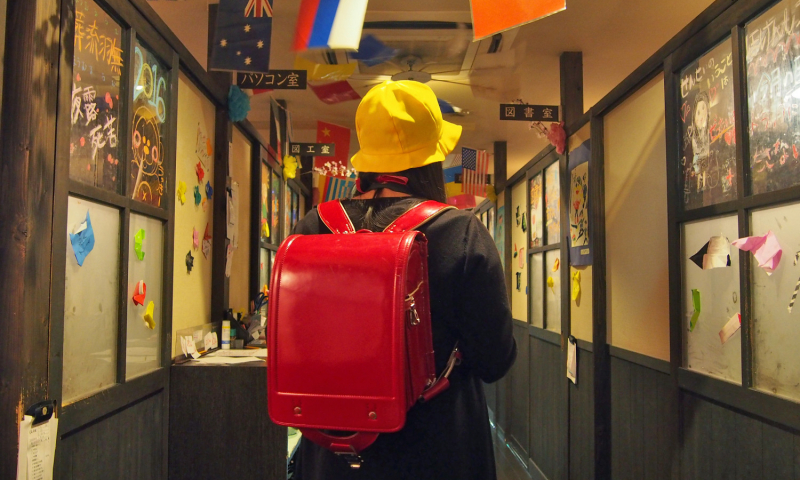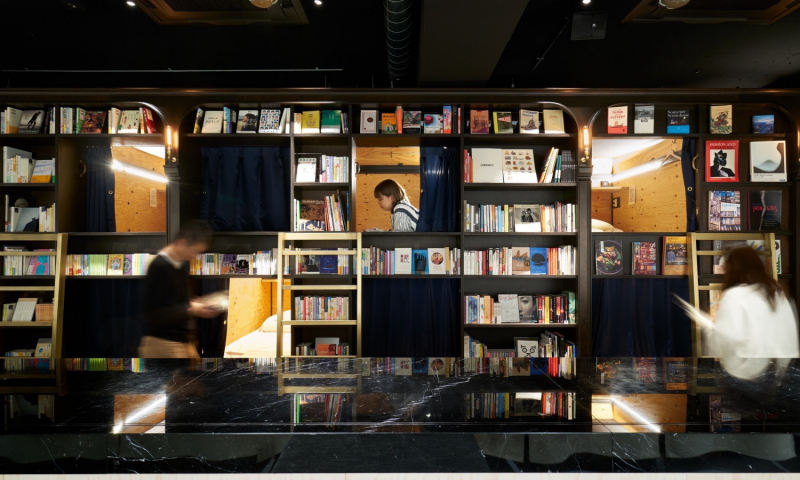
Not Your Regular Hotel: 4 Unique Accommodations in Tokyo
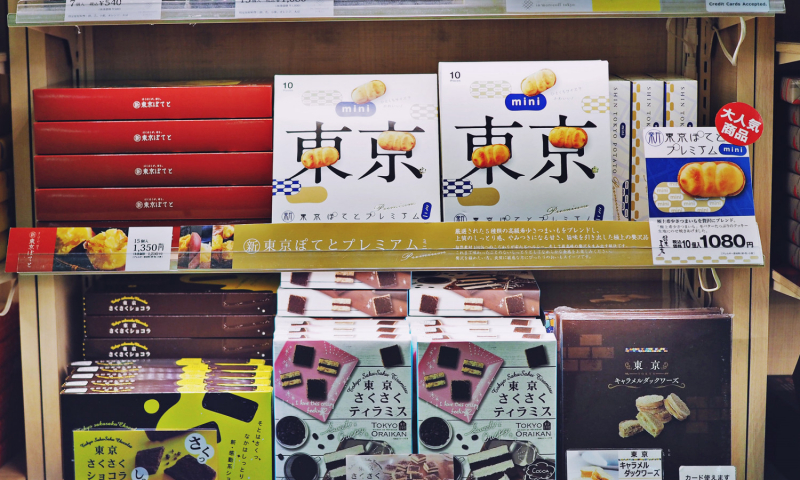
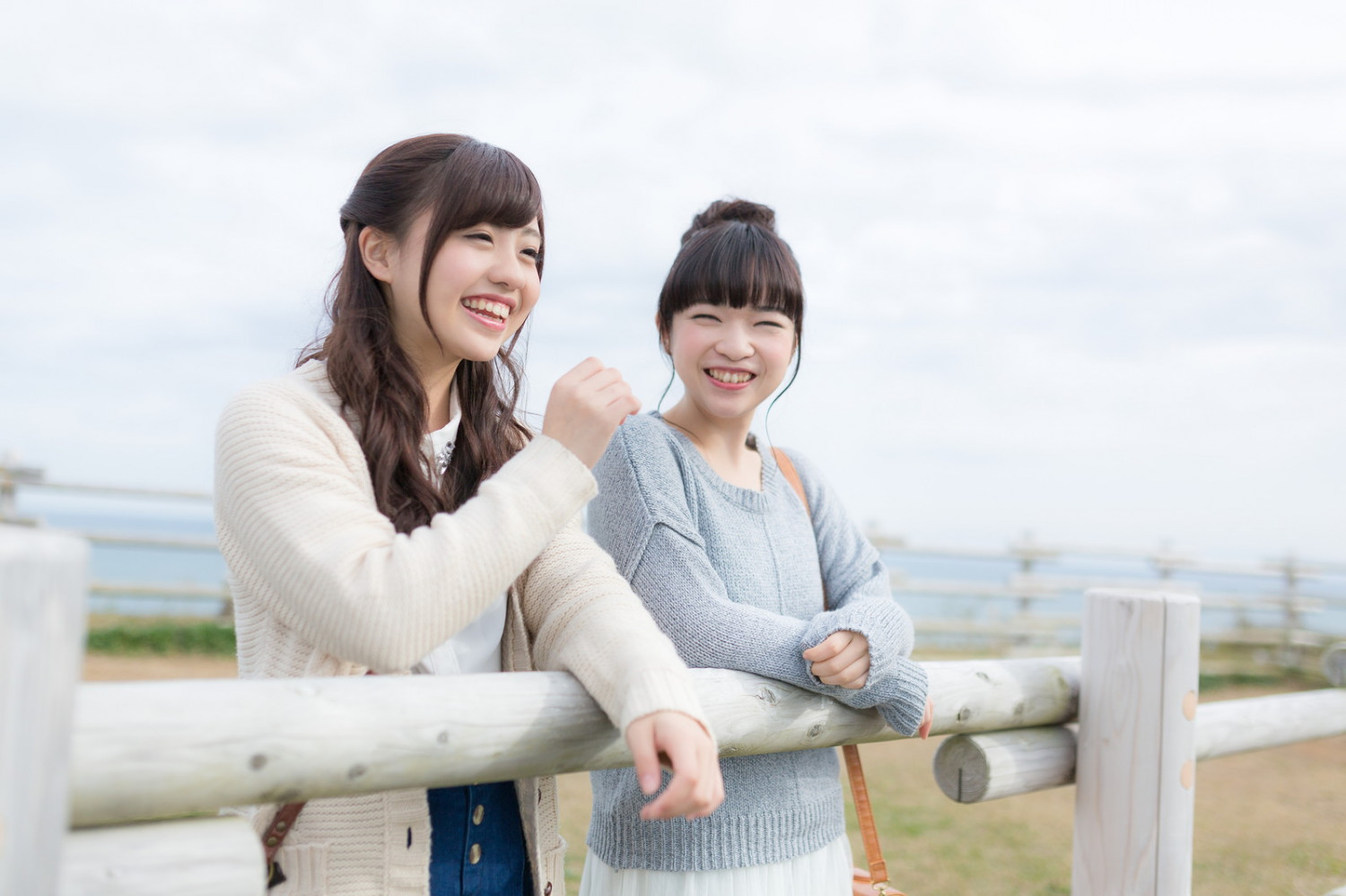
Sponsored Links
Japan, and especially Tokyo, can be quite expensive. Transportation including taxis and trains, fruits and vegetables, etc., can be quite expensive but you can still experience Japan on a tight budget. Here are a few tips on how to save money while visiting Japan.
Gardens, Shrines, and Temples: There are several sights to see that are free of charge. For example, shrines and temples are often free to enter in Tokyo, and for those that cost in Kyoto, for example, there are passes available if you visit several of them. In Tokyo, shrines like Meiji-Jingū Shrine and Sensōji in Asakusa are free and gardens and parks like the East Imperial Palace gardens and Yoyogi park are free as well. Even those that do cost, don’t cost much, like Shinjuku Gyoen, a park beautiful during the cherry blossom season, that has a 200 yen entry fee.
Take a walk: Just walking around in Japan can be plenty of an experience. Looking at the architecture in Japan, visiting a matsuri or festival, window shopping in the large department stores, etc. Walking around the famed Shibuya scramble crossing or down the main street of Akihabara can also be a treat. If you want to be able to roam freely through the main streets, Ginza, Akihabara, and Shinjuku have what are called pedestrian heavens, or hokousha tengoku, that stop all the cars and allow pedestrians to walk through the main roads on Saturdays or Sundays, depending on the location.
Student discounts: If you’re a student, good news, many places in Japan incorporate student discounts. In many other countries, student discounts only last till you end middle school or high school, but in Japan, college students and graduate students can still receive student discounts. These discounts are common at amusement parks and museums throughout Japan.
Karaoke: Karaoke is a must to experience in Japan. But if you want to stay cheap, try going to the karaoke shops on weekdays during the day as they can be many times cheaper than Friday and Saturday nights.
Train cards: If you’re in Japan for more than a day, it is useful (and cheaper) to buy a pre-paid card like Suica or Icoca. These cards allow you to charge money onto the card and beep into and out of each train station with ease and save you a few yen as well! You can also use them at convenient stores, on buses, and in some shops and restaurants.
Transferring trains: In general, if you want to go short distances, walking or trains would be the best choice. On the JR lines in Central Tokyo, for example the Yamanote Line, it usually isn’t too far to walk from one station to the next. But also keep in mind that trains can get really expensive if you change trains a lot. Switching from a publicly owned JR line, to privately owned Metro trains can double the cost, but switching from one metro line to one metro line will cost you just a few extra yen. To check how much it will cost to get somewhere, checking on google maps or downloading a Japanese train app like Navitime can help a lot!
Train passes: Passes that are only available to temporary visitors and foreign passport holders will also save you a lot of money. These passes are available in single-day, or over longer terms, and can be within Tokyo or to areas outside of Tokyo. For example, if you want to discover all of inner city Tokyo, the Tokyo 1-day Ticket allows you to explore the 23 wards of Tokyo with unlimited rides on the subway, bus, or JR train lines. If you want to go even cheaper, you can explore Tokyo using just the subway lines for 600 yen.
Over-night buses: If you want to go to places farther away, the Shinkansen, or express train, can be very comfortable but also very expensive. For visitors in Japan, there are also express train passes that could make your trips a bit cheaper. But to travel even cheaper, the night buses are a great option. Although they are overnight, they are clean, comfortable, and cheap, and if you can fall asleep on the bus, by the time you wake up, you’ll be at your destination!
100-yen stores: Utilizing the 100 yen stores could save you a lot of money. Although they might not sell the nicest things, the 100-yen stores sell a large array of things for much cheaper prices. They sell tableware, clothes, food, mason jars, cosmetics, etc.
Convenience stores: Convenient stores aren’t actually that cheap. If you want to get food, or some living necessities, supermarkets tend to be a lot cheaper. But these convenient stores are everywhere, especially in the cities, and serve well if you don’t have much time or want something quick. They sell not only snacks but warm food like fried chicken and oden, a Japanese hot pot dish, and almost everything else you could need.
Used books and clothes: Used books and clothing can be found all around Tokyo. One of the most famous places for used clothing are the stores in Shimokitazawa, just 10 minutes away from Shinjuku by train. This neighborhood has an assortment of used clothes stores and other quaint stores, that are generally quite cheap. For used books, Jimbochō is the place to go with over a hundred used book stores to look at.
Though there are expensive parts to traveling in Japan, there are several ways to cut down the costs without affecting your overall experience a whole lot. If you want to stay in cheap hotels, capsule hotels and business hotels can be great options and as a visitor, there are several ways to make transportation, which is often the most expensive part of living in Japan, much cheaper. If you ever visit Japan, make sure to use some of these tips to save some cash!
Sponsored Links
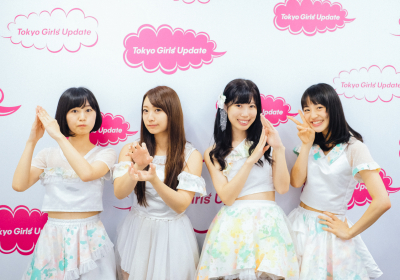
Thanks a million ~Arigatou~: Interview With Social Idol Group notall on the Path to Japan Expo 2017 in Paris
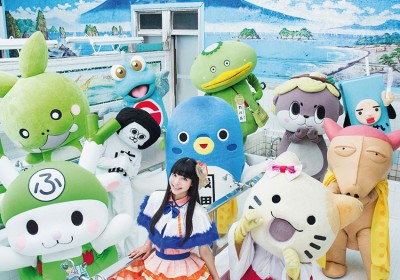
Yurukyara Boom: Cute and Wierd Mascot Characters Taking Over Japan



